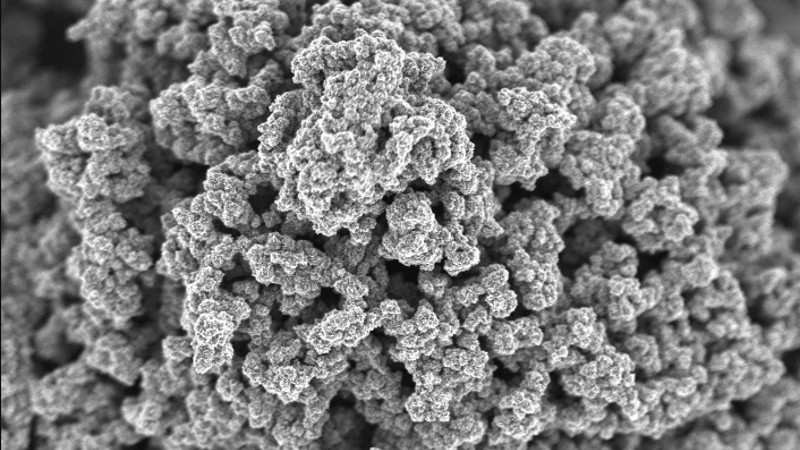Samsung heads into CES 2026 with momentum Samsung Electronics is closing out 2025 with a strong signal of where its future tech ambitions lie….
Another day, another battery ‘breakthrough’ using graphene

Samsung has announced a battery breakthrough, using a “graphene ball” to achieve five times faster charging speed and a 45% increase in capacity.
“The breakthrough provides promise for the next generation secondary battery market, particularly related to mobile devices and electric vehicles,” read a release on Samsung’s website.
The research was conducted by the Samsung Advanced Insitute of Technology (SAIT), Samsung SDI and the Seoul National University’s School of Chemical and Biological Engineering.
Researchers found that the battery based on the ‘graphene ball’ material needs only 12 minutes to fully charge. Most smartphones need at least an hour to 90 minutes to charge fully.
The battery was also capable of maintaining a temperature of 60 degrees Celsius, with Samsung pointing to this factor as being key for electric vehicles.
Samsung has announced a graphene battery breakthrough, but when will we see it?
“In its research, SAIT sought for an approach to apply graphene, a material with high strength and conductivity to batteries, and discovered a mechanism to mass synthesise graphene into a 3D form like popcorn using affordable silica. This ‘graphene ball’ was utilised for both the anode protective layer and cathode materials in lithium-ion batteries. This ensured an increase of charging capacity, decrease of charging time as well as stable temperatures,” the release continued.
The real question is just when we’ll see graphene batteries becoming a reality in smartphones. The technology has been touted by researchers and brands for a long time, but no major smartphone has shipped with it yet.
Heck, we’ve seen articles hyping the technology since 2014 at the very least. So will it be next year? 2019? 2020? Time will tell. Because as encouraging as these results are, research and actual production are two very different things.
Featured image: news.samsung.com

